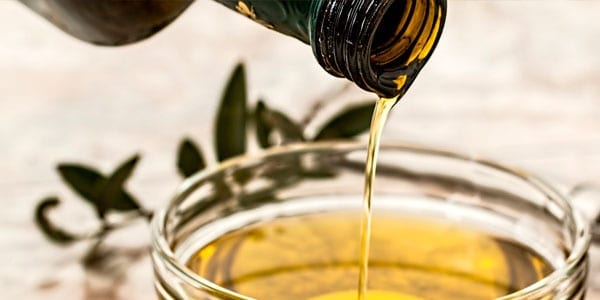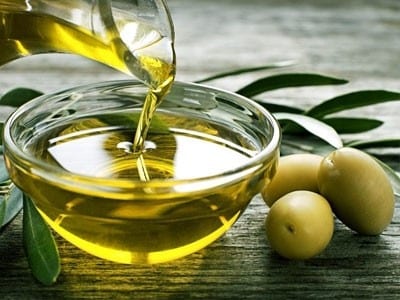
La Organization of Consumers and Users (OCU) has carried out an analysis of 41 brands of Extra Virgin Olive Oil (EVOO). The laboratory results leave no room for doubt. 20 of the 41 brands analyzed do not meet the requirements of European regulation that regulates the commercialization of the oil. Therefore, they are not Extra Virgin Olive Oil, but a cheaper lower category. The results of the study are published in the November issue of the OCU-Compra Maestra magazine.
But before continuing with this study, we must clarify what types of olive oil exist on the market.
Existing olive oils
EVOO (extra virgin olive oil). It is the juice of the olives without any type of sensory defect and that reminds us like all good juice to bone fruit to olives.
AOV (virgin olive oil). It is the juice of the olives in the same way as the EVOO, but for some reason, it shows organoleptic defects. Normally due to the quality of the olive, conservation, etc.
Olive oil-Lampante. It is an olive oil with many defects and it is not suitable for consumption. In fact, its name comes from when in the past it was only used as fuel. For example, for house lamps.
Olive oil-Refined. It is the lampante oil chemically treated to neutralize its bad flavors or color and thus be suitable for consumption.
What EVOO does not comply with
It is the European regulations that regulate the marketing conditions of olive oil. Also the requirements that each of the categories must meet for their correct labeling.
It establishes that to determine if an oil meets the necessary requirements to be classified as extra virgin, he has to pass a test. It is sensory, through an accredited panel and under a specific methodology established by the regulation itself.
The results of the laboratory prove that the samples of the aforementioned brands do not exceed this tasting. Therefore, it cannot be classified as extra virgin olive oil.
In the OCU It is noted that this is an economic deception. On average the AOVE it is 0,50 euros per liter more expensive than the AOV. This is not a public health problem, of course. All the oils analyzed meet the requirements of the regulations to be marketed.
Although there have been no cases of commercialization of lampante oil or mixtures of different types of oils, the proportion of oils that do not exceed the requirements established by the legislation to be commercialized as EVOO.
The complaint of the OCU
OCU denounces that the analyzed products of Hojiblanca El Nuestro, Carbonell pet, Koipe, Eroski pet y vid, Dintel Clássico, Alipende pet, Coosur Origen, Coviran oils from the south and Exquisite Aceites del sur, Dia pet, vine and fruity, Hacendado pet, La Masía Excelencia, Olearia del Olivar (Aldi), Guillen, Olisone (Lidl) pet y vid and La Española are labeled as extra virgin, when in reality it is only virgin.
But the positive part is that not all samples fail to comply. The rest of those 41 do comply with the requirements of the regulations. They are Ybarra pet and vine, Mar de olivos, Hojiblanca bravío, Olearia del olivar (aldi) Alipende vine, Carbonell Gran Selección, Gutbio (aldi), Consum, Dccop, Maeva pet and organic, Auchan vine, Carreofour ecológico, Borges, El corte English bio, Auchan pet, Hacendado great selection coop, Carrefour pet and Oleostepa, the latter three being the ones with the best results.
Some of these brands put different products on the market depending on the packaging. Or with a different denomination, so they are included in one group or another according to the results of the analyzed sample.
More information:
https://www.ocu.org/comparar-aceite-oliva






